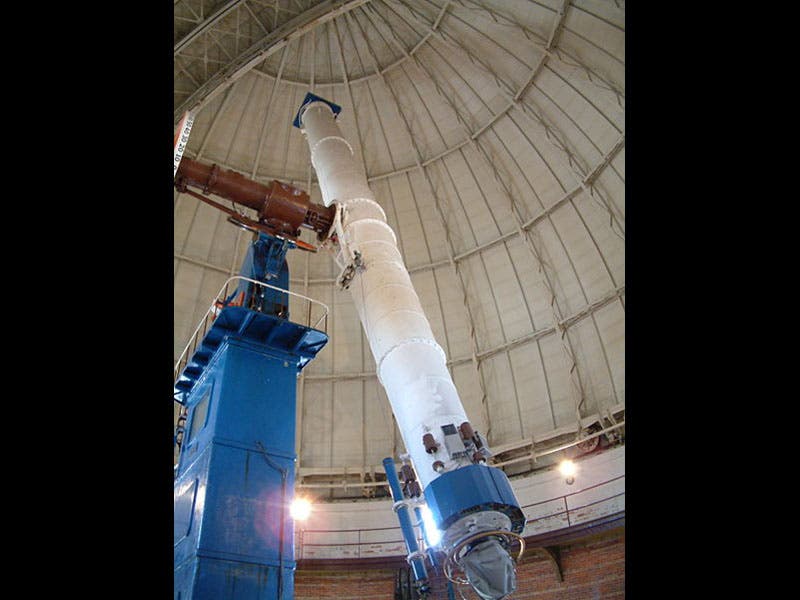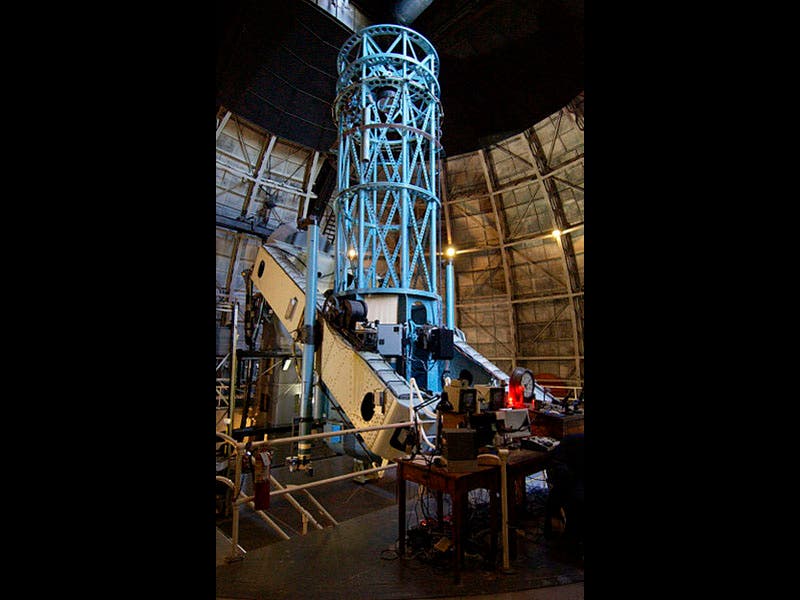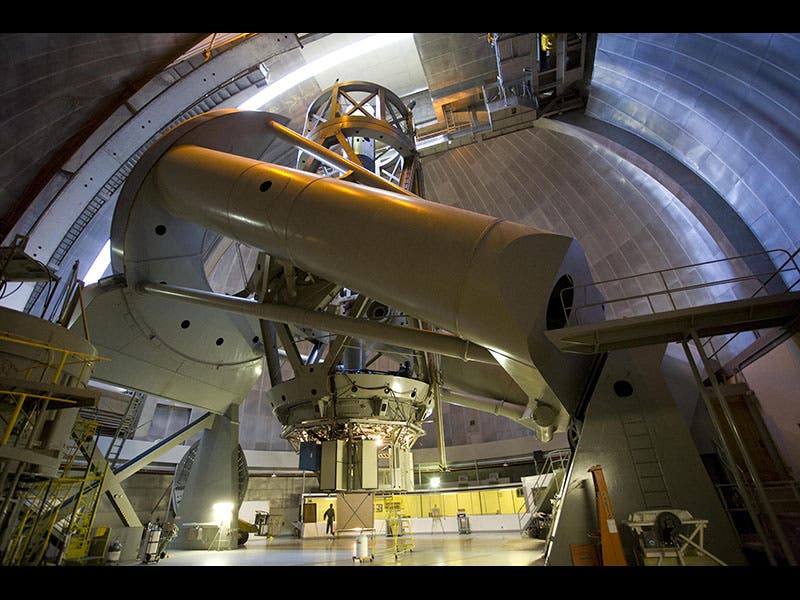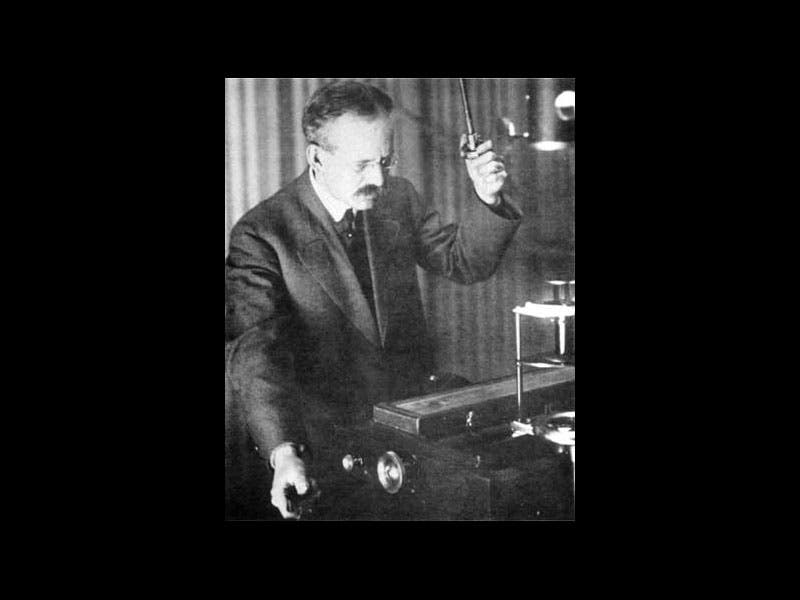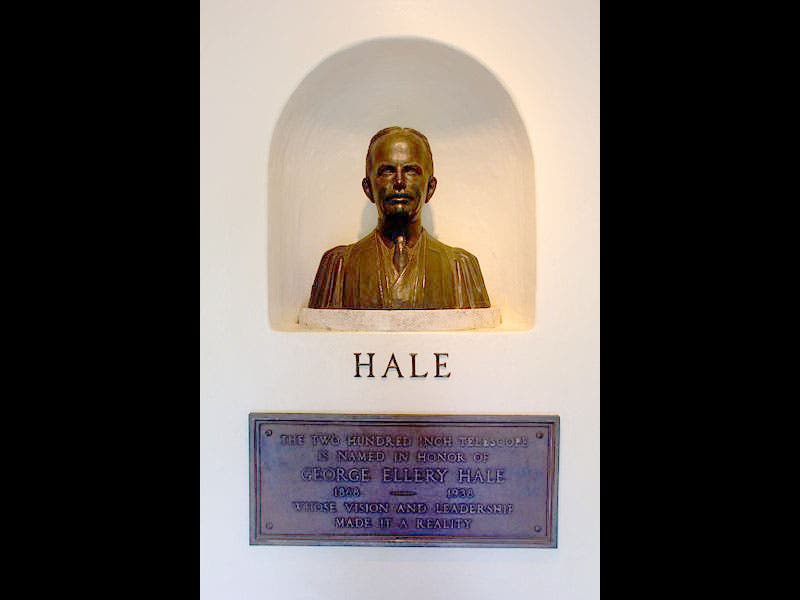Scientist of the Day - George Ellery Hale
George Ellery Hale, an American astrophysicist, was born June 29, 1868. Hale was unusual in being both a gifted scientist and a talented entrepreneur and fund-raiser. He invented the spectro-heliograph, an instrument that enables one to photograph the entire surface of the sun at just one wave-length of light, and with it he discovered much new information about solar sunspots and prominences (fourth image). He also was the principal force behind the building of most of America's great observatories in the early part of the 20th century, including the Yerkes (first image), Mt. Wilson (second image), and Palomar Mountain Observatories, each of which had the largest telescope in the world for a time. Hale had the knack of being able to persuade millionaires such as Charles Yerkes and John Hooker that they could have no better legacy than a world-class telescope.
Hale also played an important role in the founding of Caltech (California Institute of Technology) in Pasadena, and for persuading prominent scientists such as Robert Millikan to come teach there. Hale suffered his entire adult life from long attacks of depression, which he cured primarily (and temporarily) by travel. The 200" reflecting telescope at Palomar Observatory, completed after Hale's death, was named the Hale Telescope in his honor (third image). There is a bronze bust of Hale at Palomar (fifth image).
Dr. William B. Ashworth, Jr., Consultant for the History of Science, Linda Hall Library and Associate Professor, Department of History, University of Missouri-Kansas City. Comments or corrections are welcome; please direct to ashworthw@umkc.edu.


